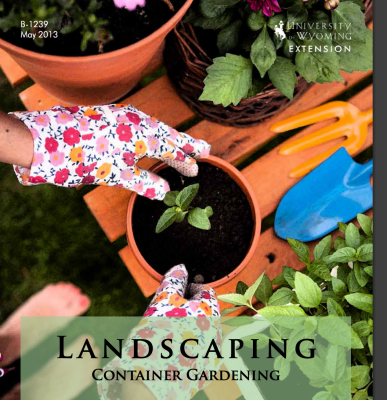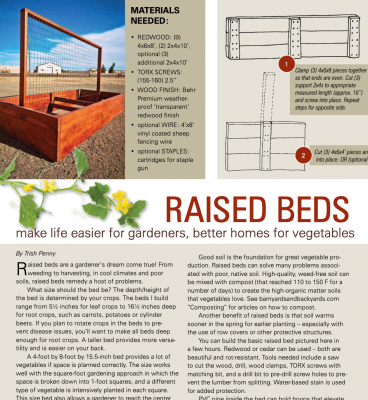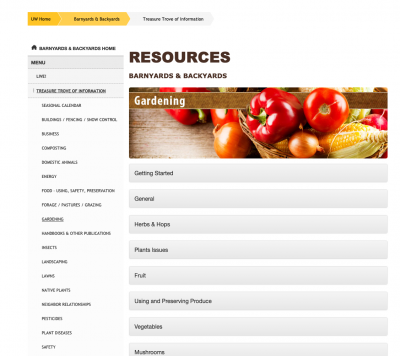 University of Wyoming Extension has answers from experts and a variety of publications to help Wyoming gardens flourish.
University of Wyoming Extension has answers from experts and a variety of publications to help Wyoming gardens flourish.
Gardening can be extensive, from vast seed choices and deciding where to plant and in what kind of garden bed, to soils, transplanting, water and weed concerns.
However, as Chris Hilgert, University of Wyoming Extension Master Gardener state coordinator points out, gardening is for everyone. Gardening combines science, nutrition and physical activity.
“Start with what you like to eat and learn how to grow it,” suggested Hilgert.
Starting seeds indoors is best done in March but varies based on seed maturity dates and an area’s average last frost date. Seedlings should have at least two true leaves before transplanting into pots or a garden, said Jennifer Thompson, extension’s small acreage outreach coordinator.
To find the last and first freeze dates in your area, check out this table, https://bit.ly/freezedates.
“In Wyoming’s short growing season, gardeners need to be selective and choose varieties that can be harvested in 90 days or less,” said Hilgert.
 Choosing the type of garden area can vary. Hilgert said container gardens, raised beds or even a herb garden in a kitchen window can strengthen our connection to our food.
Choosing the type of garden area can vary. Hilgert said container gardens, raised beds or even a herb garden in a kitchen window can strengthen our connection to our food.
Gardeners can also try a variety of season extension options like a hoop house, also known as cold frame greenhouses or high tunnels. Visit https://bit.ly/buildhoophouse for a how-to guide to build a hoop house.
Container gardens may be a good option for small spaces. They provide color to homes, offices and landscapes, and most herbaceous plants can be grown this way. To learn more about container gardening, see this publication, https://bit.ly/UWB1239.
Using a raised garden bed is another option to help with cool climates and poor soils, according to the Barnyards and Backyardsmagazine article “Raised Beds,” found at https://bit.ly/BBRaisedBeds.
“Many gardens in Wyoming struggle because of poor soil quality,” said Hilgert. “Growing gardens in raised beds and filling those raised beds with nutrient-rich soil allows gardeners to work around poor soil limitations, maintain an appropriate soil pH, improve drainage and increase soil organic matter.”
Gardens don’t have to take-up horizontal space. Produce can be grown vertically. See https://bit.ly/gardens-growing-up.
Once a garden area is selected, it’s time to focus on the soil.
Wyoming soil can present a challenge come planting time, said Catherine Wissner, UW Extension horticulturalist in Laramie county.
 Wissner recommends amending garden soils to help gardens flourish.
Wissner recommends amending garden soils to help gardens flourish.
Wyoming native soils tend toward the alkaline side of the scale with pH around 7.5 and higher. This higher pH tends to tie-up plant nutrients, which may reduce crop yields. Vegetables like soil more acidic with a pH of 6.5 to 6.0, which is difficult to achieve without a lot of amendments like peat moss or sulfur, said Wissner.
Peat moss has a pH around 5.5 to 4.5 and is a great vegetable garden amendment, Wissner recommends.
She also suggests composting leaves, grass clippings, coffee grounds, kitchen vegetables scrapes and pulp from juicing to help increase organic matter and add fertility by loosening hard soils.Gardening
“UW Extension has some great resources – publications, videos and programs – designed specifically to help Wyoming gardeners grow,” said Hilgert.
For more gardening tips go to the Master Gardener website, http://www.uwyo.edu/mastergardener/, the Barnyards and Backyards gardening tab, https://bit.ly/BBGardening or search for gardening resources at https://www.wyoextension.org/publications/.





